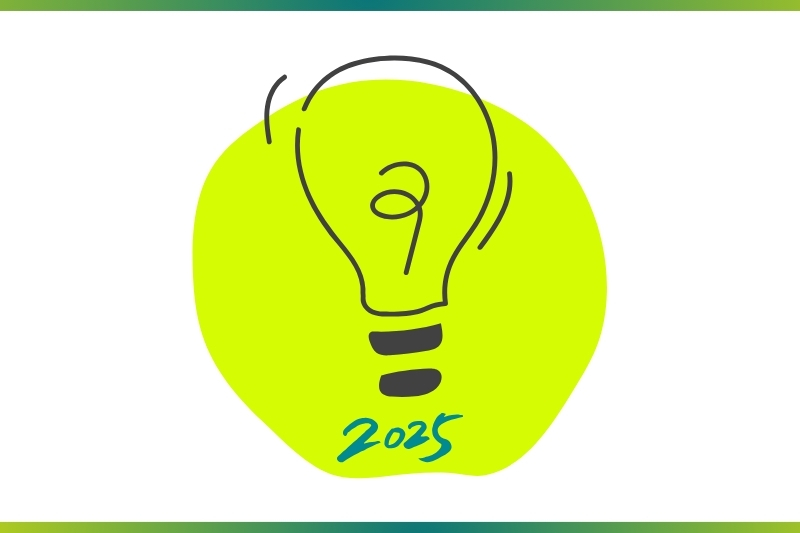
10 Grant Writing Tips Every Nonprofit Needs to Know in 2025
Sudhir Rao
Grant Writing for Nonprofits Doesn’t Have to Be Overwhelming. Here’s How to Make it Work for You.
Let’s be honest, writing grants is rarely anyone’s favorite task. It’s time-consuming, detail-heavy, and often feels like trying to decode a language only funders understand.
But in 2025, with increased competition and funders expecting more clarity and accountability, grant writing for nonprofits isn’t just a back-office function — it’s a strategic skill. Done well, it can unlock the funding your organization needs to grow, scale, and sustain impact.
At Chrysalis Services, we’ve supported nonprofits across India in crafting compelling proposals — from grassroots collectives to large foundations. Along the way, we’ve seen what works (and what doesn’t). Here are 10 grant writing tips that can help you stand out and secure support in today’s landscape.
1. Don’t Chase the Grant. Align with It.
It’s tempting to tweak your project just to fit a funder’s priorities. But funders can tell when you’re forcing alignment. Instead, focus on identifying opportunities that naturally match your mission. A well-aligned grant is easier to write and much more likely to succeed.
2. Start with a Clear Theory of Change
Before you even type a word, be clear on the “why” and “how” of your work. What’s the problem you’re solving? What change are you creating? And what’s your pathway to get there? A strong theory of change anchors your proposal and gives it structure.
3. Write Like a Human, not a Brochure
Funders read hundreds of proposals. The ones that stand out feel real. Ditch the jargon. Tell stories. Show you understand your community. Keep your language clear and direct — don’t hide behind buzzwords. Authenticity goes a long way.
4. Answer the Questions They Didn’t Ask
Yes, follow the guidelines. But also read between the lines. Funders want to know: Is this organization trustworthy? Can they execute? Will they report back clearly? Build these answers into your proposal even if they’re not explicitly requested.
5. Use Data That’s Sharp and Local
Generic stats don’t cut it anymore. Use data that’s relevant to your region, your issue, and your beneficiaries. Even better, include your baseline data if you have it. It shows you’re serious about impact, not just activity.
6. Make Your Budget Tell a Story
A budget isn’t just a spreadsheet — it’s a reflection of your priorities. Funders will ask: Are you spending money on the right things? Are your costs reasonable? Does this budget reflect a sustainable, responsible organization? Make it easy for them to say yes.
7. Show Past Impact Without Overselling
Funders want to back a winner, but they also appreciate honesty. Highlight your past successes, but also be transparent about challenges and what you’ve learned. That kind of self-awareness builds trust more than inflated claims ever will.
8. Get Feedback Before You Submit
Fresh eyes catch things you don’t. Have someone who wasn’t involved in writing the proposal read it. If they can’t clearly explain what you do and why it matters, go back and simplify. Clarity beats complexity every time.
9. Be On Time — and Double Check Everything
It sounds basic, but many proposals get rejected simply because something was missing or the deadline was missed. Triple-check the funder’s checklist. Submit early if you can. A polished, complete proposal says: “We’re reliable.”
10. Build a Relationship Beyond the Grant
Fundraising isn’t just transactional. If a funder shows interest, keep the conversation going — even if you don’t win the grant. Update them on your work, invite them to visit, and ask for feedback. A “no” today might be a “yes” tomorrow.
One Last Thought
In 2025, grant writing for nonprofits is no longer just about filling in forms. It’s about demonstrating to funders your identity, the significance of your work, and your ability to bring about long-lasting change.
At Chrysalis Services, we don’t just write grants — we help nonprofits strengthen their strategies, clarify their messaging, and build long-term funding pathways. If you’re ready to take your grant writing to the next level, we’d love to walk that journey with you.
Let’s turn good ideas into fully-funded impact.
